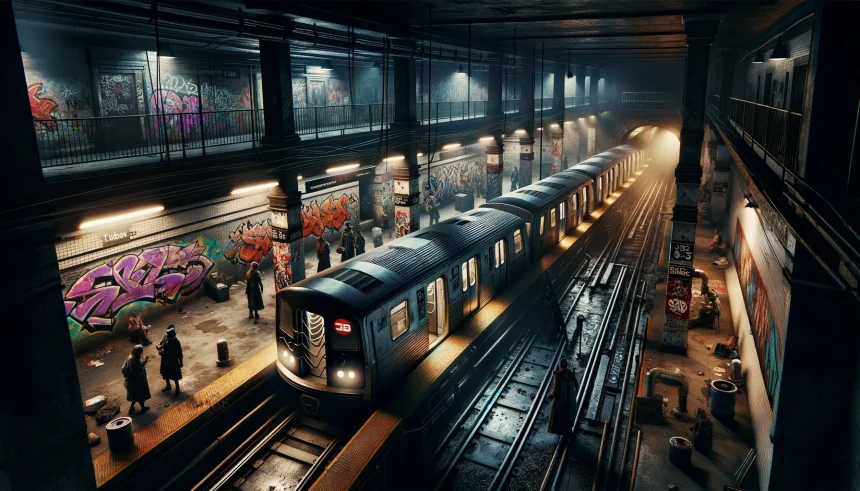Grand Theft Auto 3, a landmark in open-world gaming, nearly included a traffic law enforcement system that would have significantly altered gameplay. This feature, which mandated players to obey traffic signals, was ultimately removed due to negative feedback from the development team. The decision shaped the game’s approach to player freedom and law enforcement, setting a precedent for future installments in the series.
Earlier versions of GTA 3 incorporated a system where violating traffic laws, such as running red lights, would result in a wanted level. This mechanic was inspired by other open-world crime games like Mafia 1, which maintained stricter adherence to traffic regulations. However, the implementation in GTA 3 proved to be unpopular among both developers and players, leading to its swift removal before the game’s release.
Why Were Traffic Laws Removed?
“During GTA 3, I gave players a 1-star wanted level for running red lights,” says former Rockstar developer Obbe Vermeij, “This was not popular with the team. I quickly removed it.”
The feature was deemed disruptive to the game’s flow, as enforcing traffic laws added unnecessary complexity and frustration for players seeking a more immersive and unrestricted experience.
How Did Players React?
Players generally preferred the freedom to navigate the game’s open world without strict adherence to traffic rules. The removal of the wanted level for traffic violations allowed for a more fluid and enjoyable gameplay experience, aligning with the expectations of the GTA community for less restrictive virtual environments.
Will GTA 6 Reintroduce Traffic Laws?
Looking ahead, there is speculation about whether Rockstar Games will reintroduce traffic law enforcement in GTA 6. Vermeij expressed skepticism, stating,
“It was really really annoying. I’m sure they’ll realize it’s a bad idea.”
This suggests that the development team may continue to prioritize player autonomy over stringent law enforcement mechanics.
Additional insights from past reports indicate that earlier iterations of GTA games experimented with various law enforcement features, but consistently opted to minimize their impact on player freedom. This trend underscores Rockstar’s commitment to creating expansive, player-driven narratives without heavy-handed regulatory systems.
Considering the evolution of open-world games, the balance between realism and player freedom remains a critical design decision. While enforcing traffic laws could add a layer of realism, it risks alienating players who favor a more liberated gaming experience. Future developments in the GTA series will likely continue to navigate this balance, drawing on past experiences to enhance gameplay without compromising the core appeal of the franchise.










